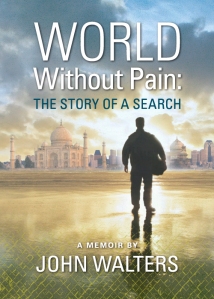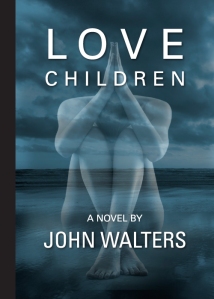The five mentioned in the title are the five top directors working in Hollywood at the start of World War II: Frank Capra, John Ford, John Huston, George Stevens, and William Wyler. When the war started, each of them cut loose from their careers, joined the military, and used their talents to create documentaries for the soldiers going off to war and for the general public. The book goes into what they were all doing before the Japanese attacking Pearl Harbor thrust the United States into the conflict, their various paths during the war years, and how their years in the military affected their lives and work in the postwar era. It’s a fascinating history not only of the war itself but of how the substance of creative endeavors gave way to the exigencies of the time and trauma changed and shaped the artists.
Frank Capra, the creator of such feel-good comedy dramas such as “Mr. Deeds Goes to Town,” “Mr. Smith Goes to Washington,” and “Meet John Doe,” was the only one of the five who did not go into combat zones. His main duty after he joined the Army was the creation of a series of documentaries called “Why We Fight.” They were aimed at soldiers, meant to educate them about the history of the conflict they had joined and the enemies they faced. Capra worked tirelessly on the films despite endless bureaucratic blockage. The ones he managed to make were acclaimed, but he never finished the entire series before the war was over.
John Ford joined the Navy. Some of the high points of his military career were the filming the Battle of Midway, during which he was wounded, and overseeing the filming of the D-Day invasion while stationed aboard ships off the coast and later on the beach. After he went off on an alcoholic binge shortly after the invasion and was found dead drunk in a French village, he was sent back to the States.
John Huston was sent to the Aleutian Islands shortly after the Japanese occupied one of the tiny outermost islets to film the battle to retake the remote piece of American soil. Later, he was sent to North Africa and to Europe.
William Wyler was attached to the Air Force and flew dangerous missions with bomber crews, eventually putting together one of the most famous documentaries of the war, the story of the twenty-fifth mission of the crew of the Memphis Belle. Later while filming another documentary about fighter planes in Italy, the noise of the wind and the plane’s engine deafened him. He was discharged as disabled and remained partially deaf for the rest of his life.
George Stevens remained with the allied troops in Europe longer than the others. He filmed the liberation of Paris and the surrender of its Nazi overseer. He continued on and crossed the border with the early troops into Germany and filmed the meet-up of the Americans and British with the Russian army. Instead of going on to Berlin, though, he was ordered to accompany troops liberating the concentration camp at Dachau. He filmed the crematoriums, the piles of bones, the ashes, the starved corpse-like living among the endless dead. He put together two documentaries of the atrocities that were used as evidence during the Nazi trials at Nuremburg.
It’s not my intention to go into all the details of what each of the men went through; you can read the book to find that out – and I do recommend that you read it. This is just a glimpse, a bird’s eye view.
Some of the most heart-wrenching passages deal with the directors after they went home, trying to deal with what they saw and went through and return to some semblance of a normal life. Frank Capra, working independently, tried to revive his career with the comedy/drama/fantasy “It’s a Wonderful Life.” Although it has since become a Christmas classic, at the time it failed to connect with audiences and he retired soon afterwards. Ford built a men’s club for veterans and made mostly westerns after the war. John Huston managed to re-launch his career and became a prolific, award-winning director. William Wyler turned his personal trauma into art, expertly capturing the mood of returning veterans after the war with his Academy Award-winning film “The Best Years of Our Lives.” Despite his hearing difficulties, he went on to make a number of other acclaimed films. George Stevens took years to shake off the horrors he had witnessed at Dachau and get back to work. When he did, he was no longer able to create the light-hearted comedies that had made his reputation before the war. Instead, he turned to more somber themes such as that of “A Place in the Sun,” which won him a best director Oscar.
At first when I picked up this book and began to read, I thought it was a fairly light read about erstwhile Hollywood, but it soon became apparent that there was much more to it. The writer skillfully and empathetically goes deep into the minds and lives of the directors and how the Second World War changed them and the rest of the world and reshaped their art forever. Hollywood had been experiencing a boom of productivity and popularity before the war started, and these directors were at the top of their game. The realities of the global conflict served as a pin that popped the Hollywood bubble, exposing all the dark nasty realities of the human spirit. How the makers of movies responded influenced the popular media for decades to come.
































